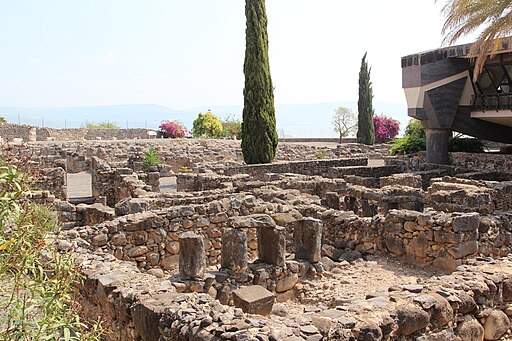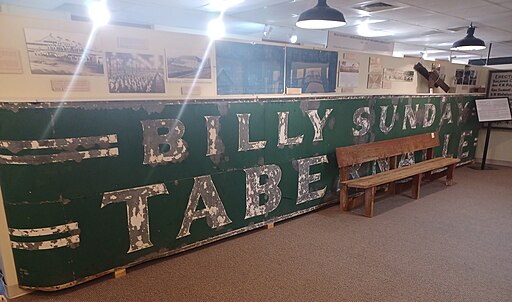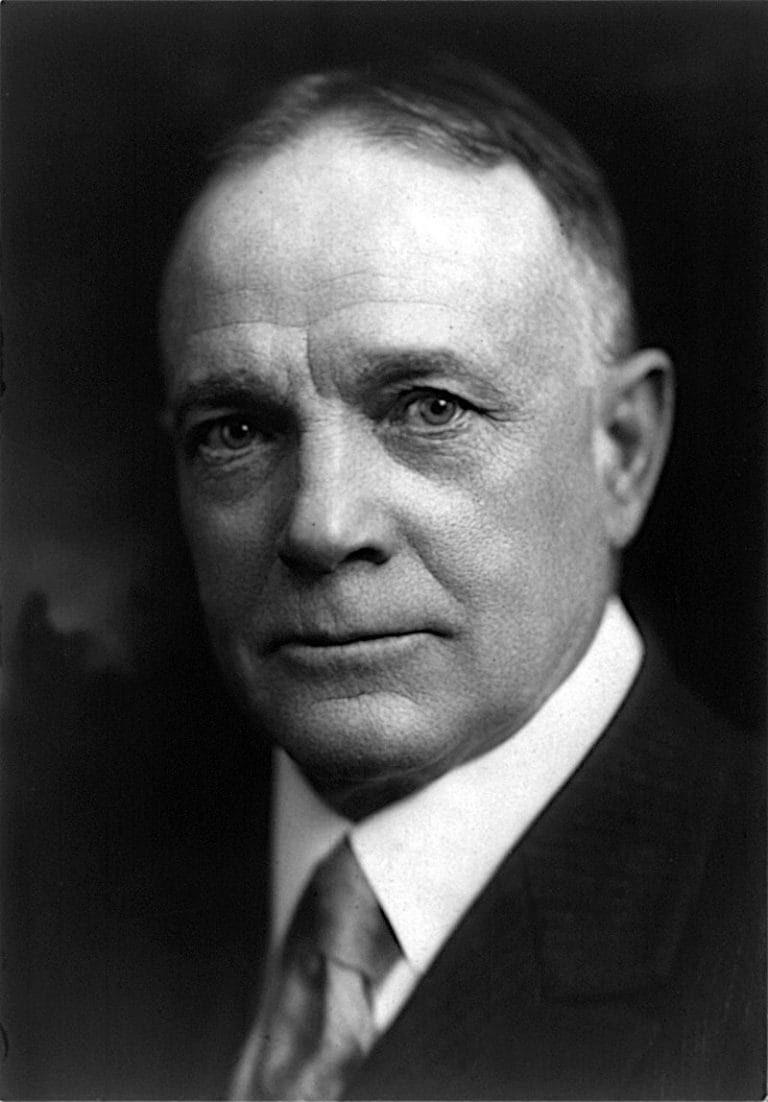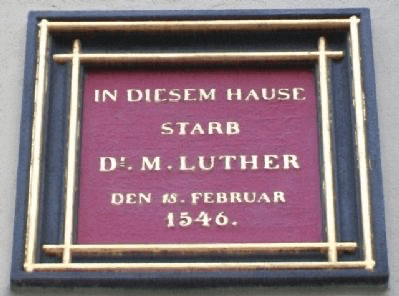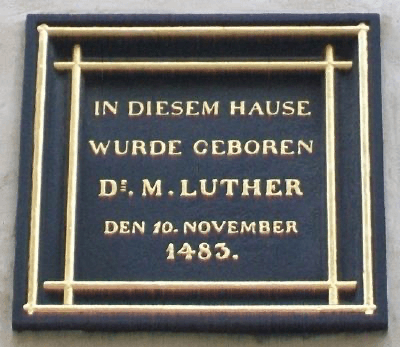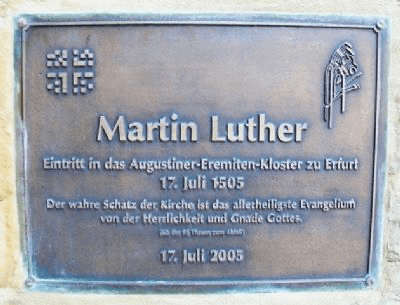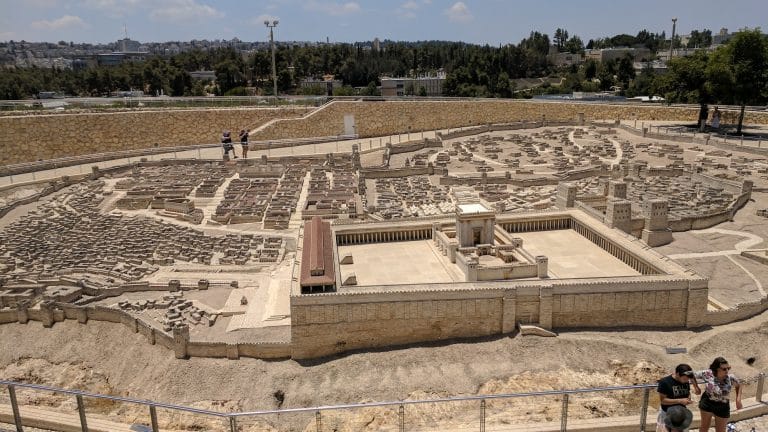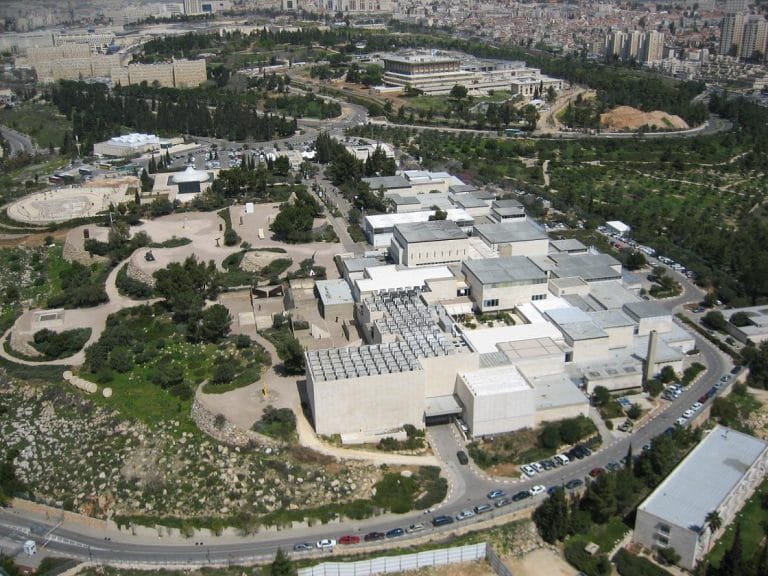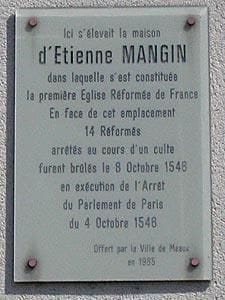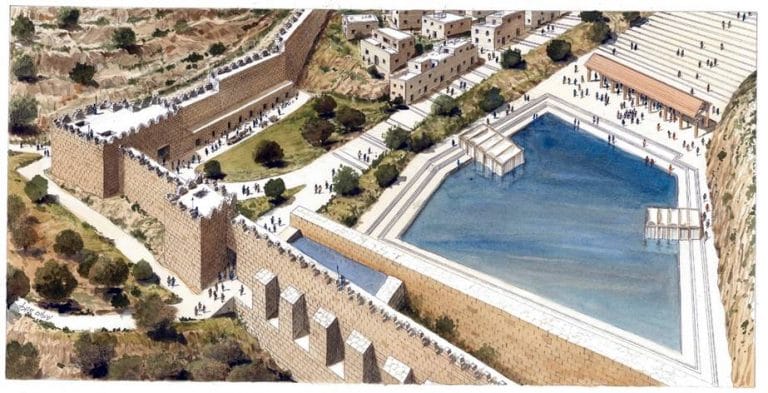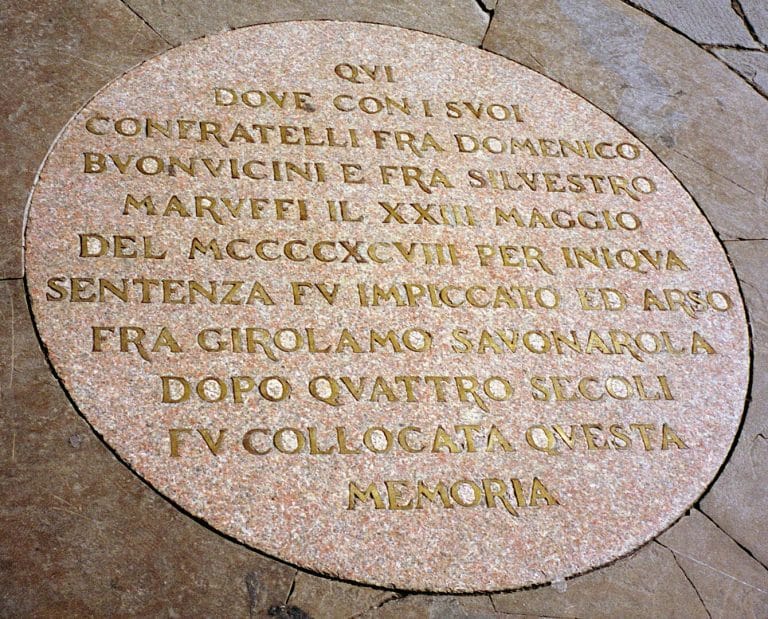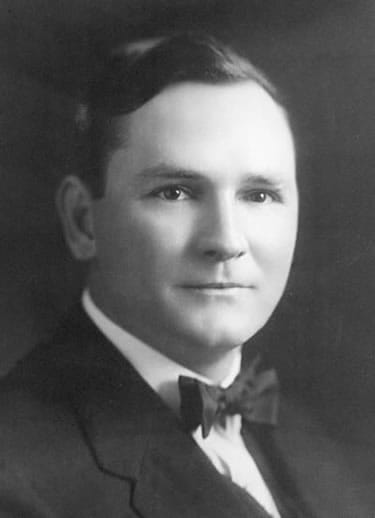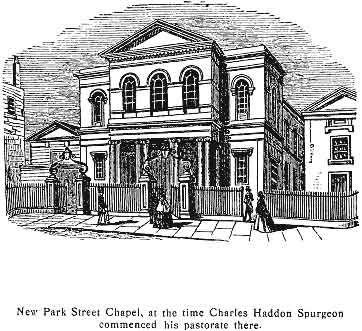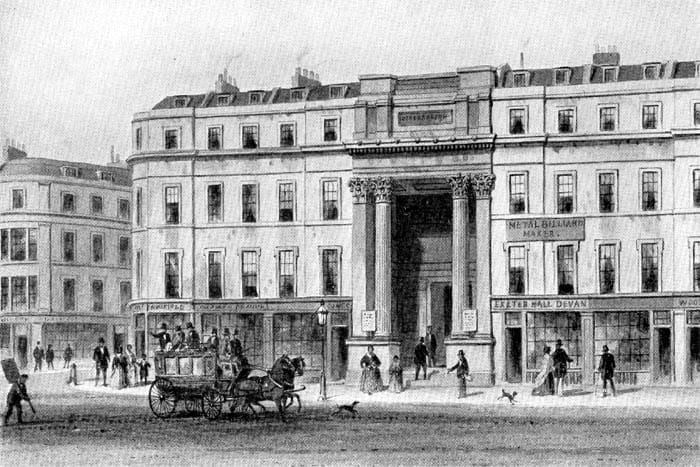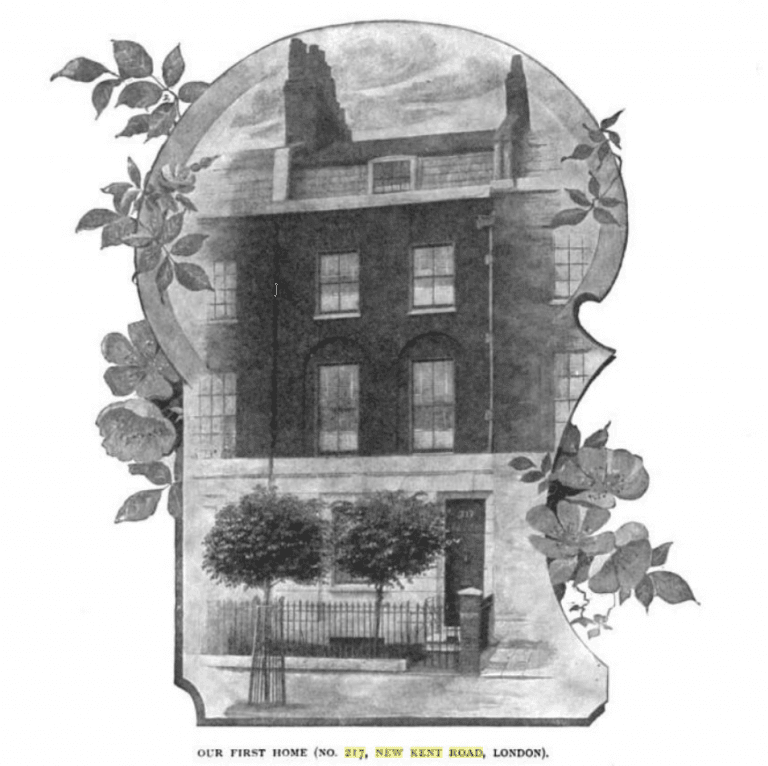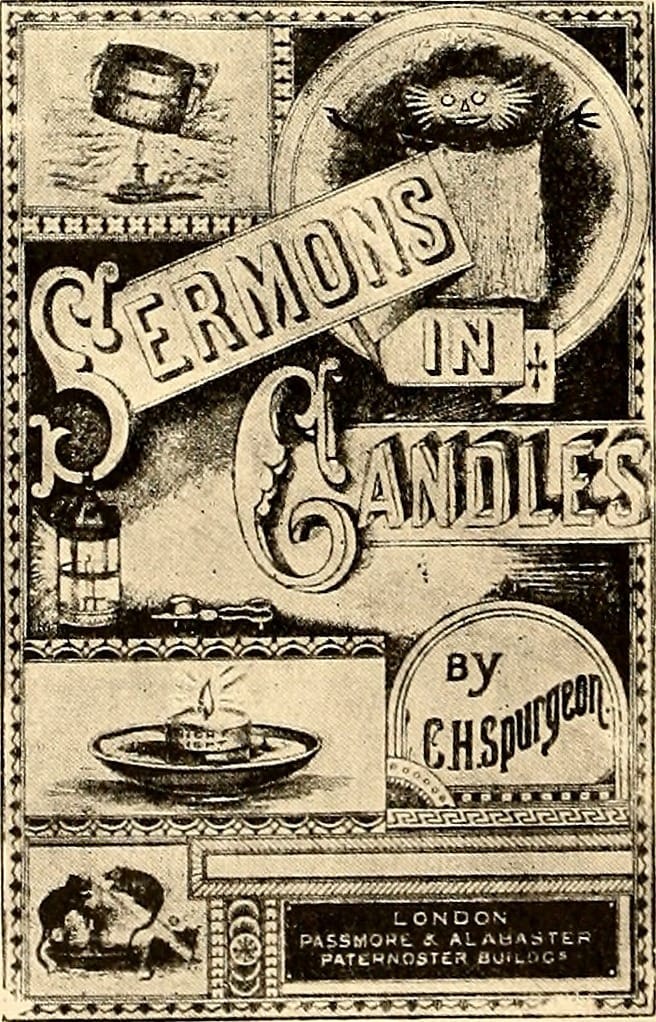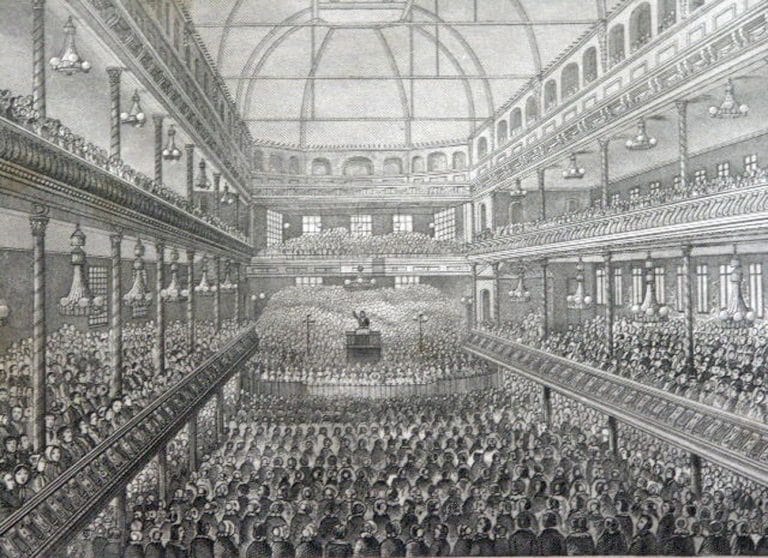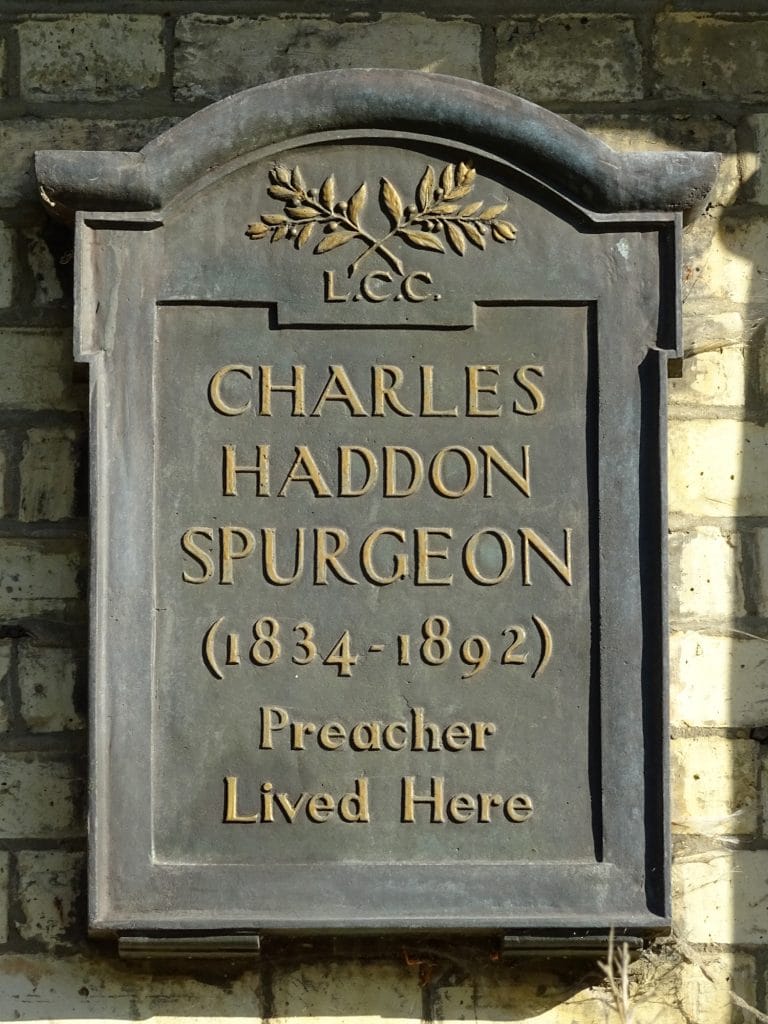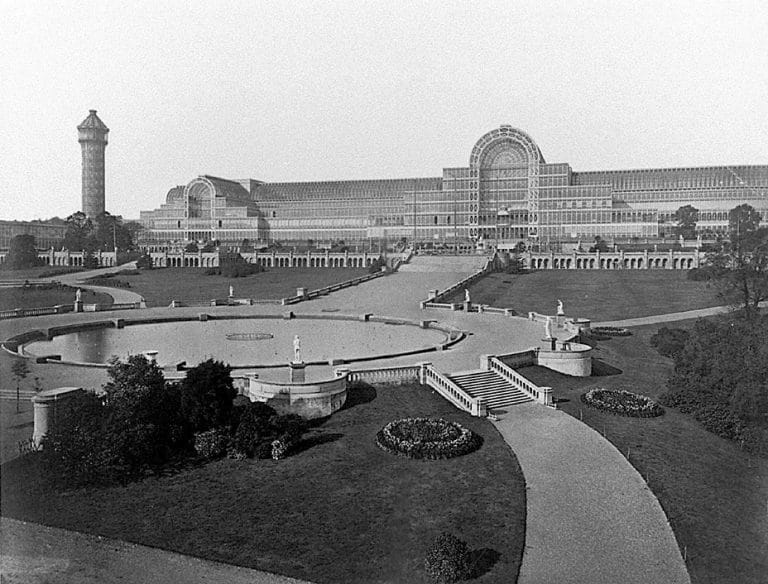Favorite
From GotQuestions: Capernaum is featured in the New Testament but never mentioned in the Old. Capernaum was a city located on the northwest shore of the Sea of Galilee. It is significant in Scripture because Capernaum was the chosen home city of Jesus after He was driven from Nazareth by the religious officials (Luke 4:16, 28–30). Capernaum was also the Read more...
Favorite
From the Center: The Winona History Center is located in the original Westminster Hotel, one of several hotels built to lodge the many guests that flocked to Winona Lake through the years. The west wing of the first floor, which houses the museum, was the location of the offices of gospel music pioneer Homer Rodeheaver. In addition to highlighting Rodeheaver’s Read more...
Favorite
On November 6th, 1935, Billy Sunday died at the home of his wife (Nell)’s brother William J Thompson Jr. Read more...
Favorite
From Wikipedia: Martin Luther’s death house is a building in the Lutherstadt Eisleben at Andreaskirchplatz, which was assumed to be the reformer Martin Luther died here on February 18, 1546. However, according to recent research, the house of today’s hotel „Graf von Mansfeld“ on the market is the actual house where he died. The house on Andreaskirchplatz is now used as a museum. It was Read more...
Favorite
In diesem hause wurde geboren Dr. M. Luther den 10. November 1483. ———————— In this house was born Dr. M. Luther on 10 November 1483. Image Credit: Martin Luther Death House Historical Marker. 28 Jan. 2022, www.hmdb.org/m.asp?m=70220. Read more...
Favorite
Eintritt in das Augustiner-Eremiten-Kloster zu Erfurt 17. Juli 1505 Der wahre Schatz der Kirche ist das allerheiligste Evangelium von der Herrlichkeit und Gnad Gottes. (62. der 95 Thesen zum Ablaß) 17. Juli 2005 ———————— Admission to the Augustinian Hermits monastery in Erfurt July 17, 1505 The true treasure of the church is the most holy gospel of the glory and Read more...
Favorite
from Wikipedia: The Dead Sea Scrolls, also called the Qumran Caves Scrolls, are a set of ancient Jewish manuscripts from the Second Temple period. They were discovered over a period of 10 years, between 1946 and 1956, at the Qumran Caves near Ein Feshkha in the West Bank, on the northern shore of the Dead Sea. Dating from the 3rd Read more...
Favorite
Built in the 1960s, before the Six Day War, for the Holyland Hotel, and then moved to the Israel Museum at a cost of $3.5 million. This model is 22,000 square feet, a 1:50 scale. Image Credit: Laliv Gal Pikiwiki Israel, CC BY 2.5 <https://creativecommons.org/licenses/by/2.5>, via Wikimedia Commons Read more...
Favorite
Artifacts of Biblical Significance: Caiaphas Ossuary Caiaphas Ossuary, Author’s Photo Tel Dan Stele Tel Dan Stele, Author’s Photo Shema Seal Uzzah’s Tombstone “Hither were brought The bones of Uzziah King of Judah. Do not open!” Pontius Pilate Inscription Museum Photo by אסף.צ Read more...
Favorite
The plaque: Here stood the house of ETIENNE MANGIN in which was constructed the first Reformed Church of France. In front of this location 14 Reformists, arrested during a cult, were burned on October 8, 1546 at the decree of the Parliament in Paris on October 4, 1546. Offered by the City of Meaux 1985 Author’s note – I spent a Read more...
Favorite
Associates for Biblical Research: Currently, two archaeological treasures are being unearthed in Jerusalem. One is the Pool of Siloam at the southern end of the City of David, and the other is the excavation and restoration of the Pilgrimage Road connecting the Pool of Siloam with the Temple Mount. There are a number of references to pools in both the Read more...
Favorite
In 1498, Savonarola was executed. Unconventional yet popular with the masses, he differed from the established church: Philip Schaff: By the general consent of Protestants, Jerome Savonarola is numbered among the precursors of the Reformation,—the view taken by Ranke. He was not an advocate of its distinguishing tenet of justification by faith. The Roman church was for him the Read more...
Favorite
From Builder of Bridges: The more I have read of Dr. Bob’s meetings, the more I have come to realize that regardless of how much men try to “blow up” meetings today to make them look big, they fade into insignificance when compared with the meetings of Dr. Bob and other evangelists during the horse-and-buggy days. Neither time nor space Read more...
Favorite
A Pilgrim’s Coffer At the age of 20, Charles Spurgeon came to New Park Street Chapel from his first pastorate at a small Baptist church in Waterbeach, Cambridgeshire. This congregation had continuously met since 1650, beginning in the Tower Bridge area and continuing in the proximity until they built the church at New Park Street in 1833—at the rear of Read more...
Favorite
The Daily Telegraph Tue, Jul 03, 1855 ·Page 1 Image Credit: Jul 02, 1855, Page 1 – the Daily Telegraph at Newspapers.com. www.newspapers.com/image/823895455. A Pilgrim’s Coffer: The New Park Street Chapel only had room for about 1,200 people, and by 1855—only a year into his pastorate—Spurgeon began hold services at Exeter Hall, on the North side of The Strand, near Read more...
Favorite
Weekly Examiner • Page 7 Saturday, October 25, 1856 Huddersfield, West Yorkshire, England HEALTH OF THE REV. MR. SPURGEON. Mr. Spurgeon, we are informed, is not at his residence in the Kent-road; but has removed out of town. He labours, we apprehend, not so much from excitement, as from the reaction consequent on the events of the terrible evening. His Read more...
Favorite
A Pilgrim’s Coffer: Joseph Passmore was the grandson of Mary Rippon, sister of Rev. John Rippon—who opened and presided over the congregation at New Park Street Chapel several decades before C.H. Spurgeon arrived. Shortly after Spurgeon’s arrival, he and Passmore struck up a friendship and, in January of 1855, Passmore & Alabaster began printing every original sermon and direct work Read more...
Favorite
A Sunday School is still operated by Metropolitan Tabernacle in the neighborhood. Wikipedia: The famous Baptist preacher Charles Spurgeon held religious services at the Music Hall in weekends because the New Park Street Chapel could not contain his audiences. The first service was held on the evening of Sunday 19 October 1856, with an audience of 10,000 inside and as many outside unable to enter. Read more...
Favorite
A Pilgrims Coffer: In 1857, Charles and Susannah left New Kent Road and moved down to 99 Nightingale Lane, in the Clapham area, West of Brixton. The house they moved into afforded for much more room than they previously had in Newington, while also offering the rural feel and slower pace they desired. Autobiography Image Credit: vtOqTcjoJj. “AUTOBIOGRAPHY, DIARY, LETTERS, Read more...
Favorite
Wikipedia: In 1868, the world’s first aeronautical exhibition was held in the Crystal Palace. In 1871, the world’s first cat show, organised by Harrison Weir, was held there. Other shows, such as dog shows, pigeon shows, honey shows and flower shows, as well as the first national motor show were also held at the Palace.[44] The match which later has been dubbed the world’s first bandy match was Read more...
